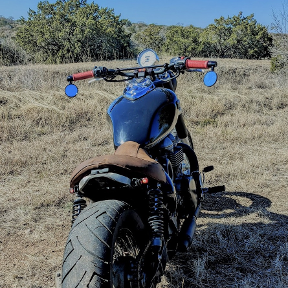Welcome to the Onshape forum! Ask questions and join in the discussions about everything Onshape.
First time visiting? Here are some places to start:- Looking for a certain topic? Check out the categories filter or use Search (upper right).
- Need support? Ask a question to our Community Support category.
- Please submit support tickets for bugs but you can request improvements in the Product Feedback category.
- Be respectful, on topic and if you see a problem, Flag it.
If you would like to contact our Community Manager personally, feel free to send a private message or an email.
Scavengers do they work?
 billy2
Member, OS Professional, Mentor, Developers, User Group Leader Posts: 2,115 PRO
billy2
Member, OS Professional, Mentor, Developers, User Group Leader Posts: 2,115 PRO


This is an air inlet velocity stack with a newly integrated scavenger
Is this a giant cheerio?

The break down of the stack consist of 2 areas:
- scavenger zone
- compressor zone

It's an adaptation to a performance enhancing velocity stacks for carburetors. The cheerio acts as a scavenger entrainment pump pulling more air into the stream

It's a simple principle from a flowing air stream to pull more air into the stream

The scavenger geometry guides more air into the flow

Testing, does it really work?
 https://youtu.be/J0eKOo0u54I
https://youtu.be/J0eKOo0u54I
Comments
Yeah, these were quick and dirty tests and they are showing promise. That's a great idea about the mass flow sensor.
I think the next move is to print one for my bike and use the seat of my pants to determine the effectivity. That's what motivates me these days; what happens when the light turns green.
The scavenger will give a better flow pattern and reduce turbulence through the barrel.
If you repeat the Utube video using a straight tube I think you'll find that the tissue is drawn in from the side also.
With out the bell mouth (scavenger) a vortex will develop at the inlet end that can make for a restriction and non uniform flow into carburetor. You can get just as good flow into carb with a longer barrel and no bell mouth but it would want to be about 8 times longer than the barrel diameter to allow the air to settle into a straighter path.
I originally designed these for motorcycle air inlets and thought it might work for any air inlet.
Thanks for your thoughts on flow, I'll have to mock it up and see the differences.